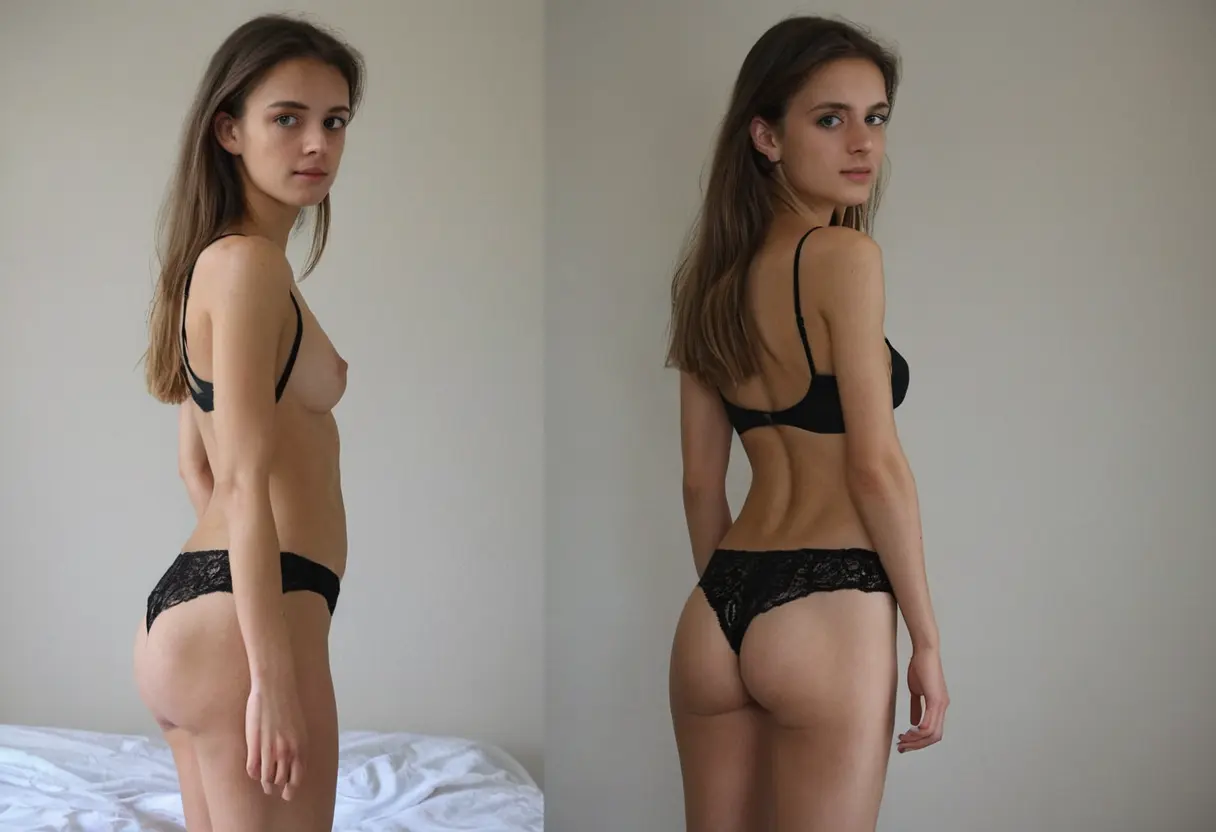Artificial intelligence (AI) is revolutionizing many industries, and the fashion sector is no exception. With the integration of AI into virtual try-ons and digital fashion, brands are reshaping the way consumers shop for clothes. This transformation has profound implications for the fashion industry, influencing everything from consumer behavior to design processes. In this article, we will explore the impact of AI on virtual try-ons and digital fashion, examine the benefits and challenges of AI-driven innovation, and highlight how these technologies are reshaping the future of fashion.
Virtual try-on technology allows consumers to try on clothing, accessories, or makeup virtually, without physically trying them on. Powered by AI and augmented reality (AR), these platforms use 3D models of users’ bodies or faces to simulate how a product would look on them. Whether through a mobile app or an online store, virtual try-ons are enhancing the online shopping experience by giving consumers a more accurate sense of fit and appearance before making a purchase.

The process usually involves the use of a smartphone or webcam to capture a user’s image, which is then processed by AI algorithms. These algorithms map the user's body shape, size, and proportions and superimpose the chosen item onto the digital image. The technology continually improves, with better accuracy in rendering textures, colors, and fit, leading to a more realistic shopping experience.

AI plays a central role in enhancing the virtual try-on experience. Several AI-driven innovations contribute to making virtual try-ons more effective and user-friendly:

AI is also making waves in the creation of digital fashion. Designers are now using AI tools to develop virtual clothing collections, creating garments that exist purely in digital form. These clothes can be worn by virtual avatars or used in digital marketing campaigns, eliminating the need for physical production. AI-driven software is capable of generating novel patterns, textures, and designs, which has allowed designers to push the boundaries of traditional fashion.
With digital fashion, brands can quickly prototype and test designs, making the design process more agile and cost-effective. Virtual fashion also promotes sustainability, as it eliminates the need for physical production, reducing waste and the carbon footprint associated with traditional clothing manufacturing.
The adoption of AI in virtual try-ons and digital fashion offers several advantages, both for consumers and brands:
While AI has immense potential in transforming the fashion industry, there are some challenges and limitations that need to be addressed:
AI has undoubtedly revolutionized the way we shop and design clothing, providing both consumers and brands with new opportunities. Virtual try-ons and digital fashion are helping bridge the gap between online and offline shopping, offering more personalized, interactive, and sustainable experiences. As the technology continues to evolve, we can expect even greater advances in the way we engage with fashion. However, challenges such as accuracy, consumer trust, and technological limitations must be addressed to fully realize the potential of AI in fashion. Looking forward, AI will play a pivotal role in shaping the future of fashion, creating more seamless, sustainable, and dynamic experiences for everyone involved.

How to Use Undress AI Without Registering or Creating an Account

How AI Powered Platforms are Revolutionizing Online Shopping Experiences

How to Use Free AI Technology for Creating Undressed Images Online

Explore the Best Free AI Undress Generator Tools Available Online

How Undress Pro AI is Transforming the Future of AI-Driven Image Enhancement

Explore the Best Free AI Undress Software for Stunning Results